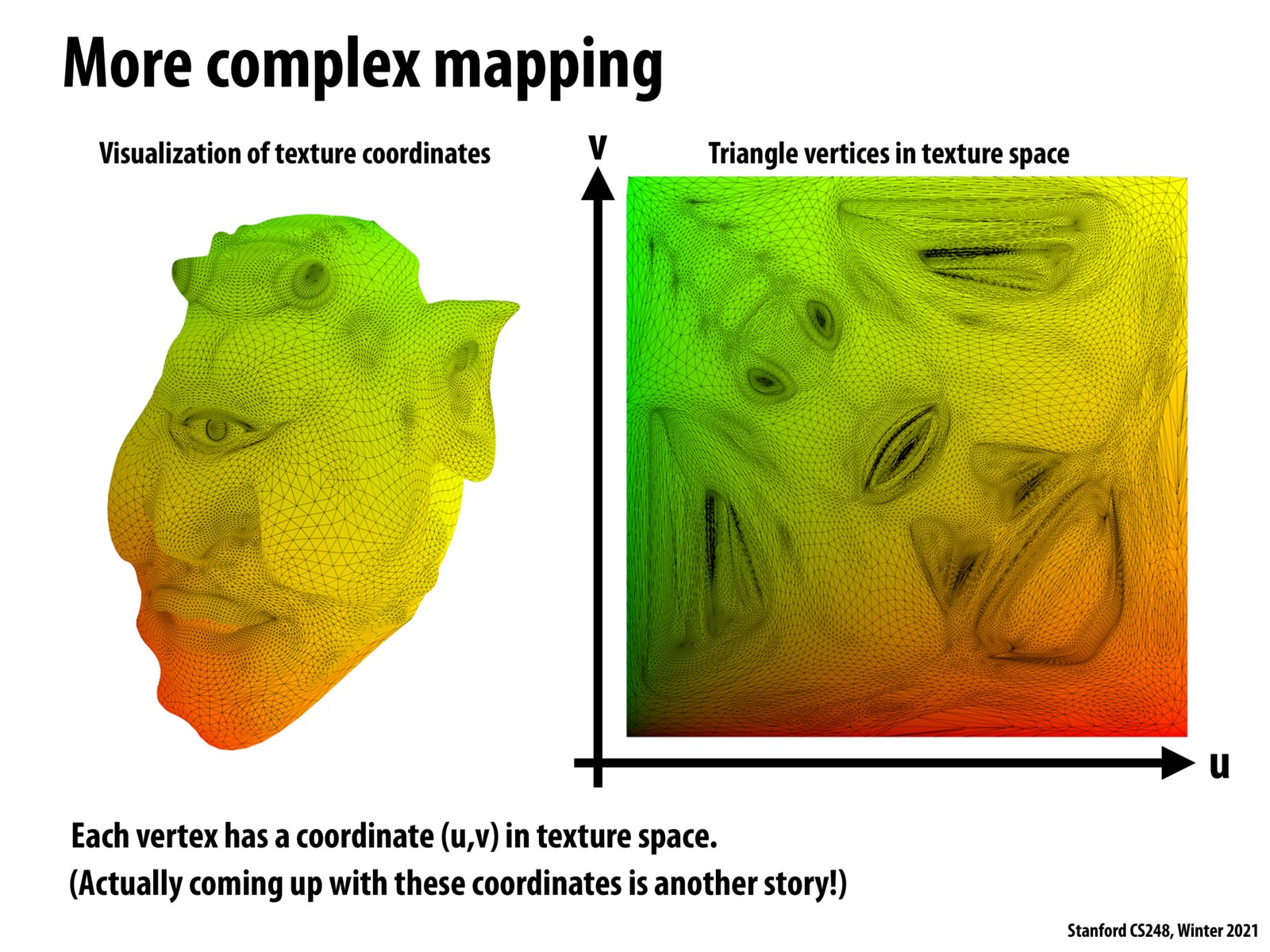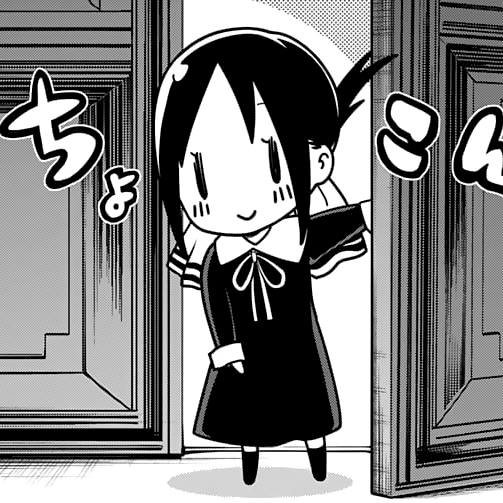


+1

I wonder how the texture coordinate is related to texture image and screen space coordinate? What's the relationship for mapping? I'm a little confused here.

What is helpful about having some of the model's information defined in texture coordinates here instead of directly encoded in the original screen space coordinates?

Response to mrn: I guess the relationship is: with 100x100 screen space, if we want to apply an 50x50 image as texture, with a repeat of 5x5. Then each 20x20 area in the screen space corresponds to a uv coordinate (0,1)x(0,1), where (uv,)=(0,0) and (uv,)=(1,1) correspond to (0,0) and (50,50) in the texture image, respectively.

@amallery, I'm a bit confused as well. I guess in @little_cold's example, if the texture space is in fact smaller than the screen space, then this would make sense to me, but there's a chance the texture is a continuous function or larger than the screen space. This might be a somewhat convoluted setup for 3D rendering, where representing objects' surface colors as textures would in fact be a huge optimization.

As I understand it, screen space coordinates are mapped to texture space coordinates which are coordinates for the texture image. One advantage I see of using different coordinate systems is that you can be more flexible in using different textures of different dimensions. For example, if I were to use 10 different texture maps, I would just need 10 different mapping functions. (@mershy I guess this is similar to what you mention about texture being a function).

how do we actually come up with these (u,v) coordinates for each vertex?
Please log in to leave a comment.
https://i.imgflip.com/4urcbe.jpg (I have another serious comment in this lecture please don't ban me)